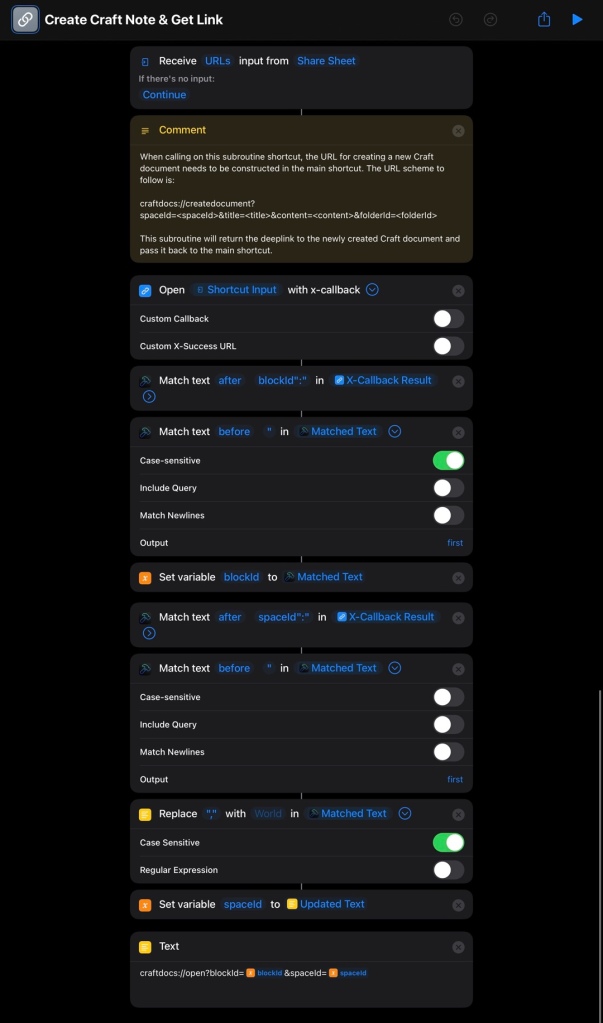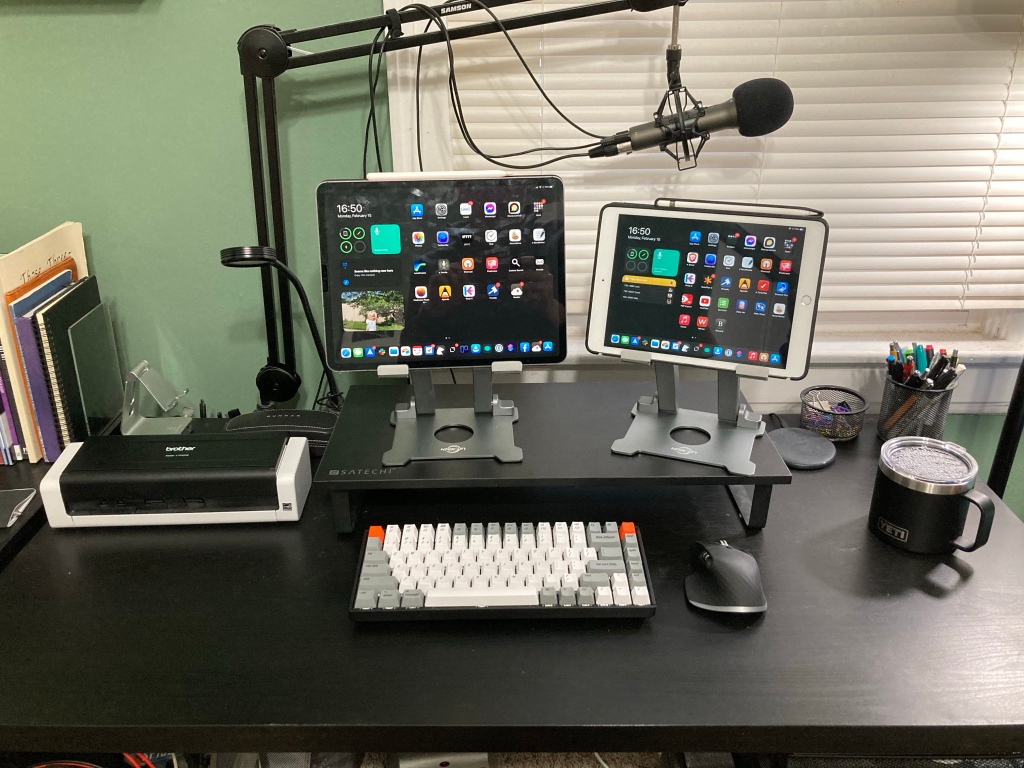The Problem
Even though clipboard managers on iPadOS/iOS have never been as powerful as their counterparts on macOS, there is clearly a need for a utility which can easily save and let you retrieve things like links and bits of text. For years I used Copied, but that app is no longer in active development. I’ve tried several other apps in an attempt to find a successor to Copied, but none is worthy of the throne. So, out of desperation I decided to create my own using Shortcuts. It’s not nearly as nice as Copied and doesn’t do as many things, but it satisfies the basic need that I had.
The Solution
First, this shortcut wouldn’t be possible without the excellent Data Jar, an app that lets you save information that can be called by Shortcuts. It’s free to download and use, which is good because you will have to install it in order to use my shortcut. If you do use Data Jar, please make use of the in-app Tip Jar to send the developer a few dollars.
My shortcut, affectionately named 🖇️ Clippy, is rather straightforward in how it works. Here’s a quick overview:
- It’s built to work with a dictionary in Data Jar called
🖇️ Clippy. The first time you run the shortcut, it will check Data Jar for that dictionary, and if it doesn’t find it, it will create it. - Inside that
🖇️ Clippydictionary is where you can create the other dictionaries (referred to in the shortcut as lists) to save your clippings for posterity. By default, the shortcut will save new entries to the📥 Inboxdictionary (which will also be created the first time you run it, since that dictionary won’t yet exist). - When you run the shortcut, you can choose whether you want to save a new item or retrieve something you have already saved.
- When saving a new item, you can select the destination list (actually, dictionary) and assign it a name.
- New items to be saved can be sent to the shortcut via either the Share Sheet or the clipboard.
- Note that 🖇️ Clippy only saves text and URLs. I just wanted a place for quick text and URL archival and retrieval; there are better solutions, in my opinion, for saving things like images and files for easy access in the future.
- When retrieving an item, you can select more than one item. If you do, they will be merged—with each item on a new line—and copied to the clipboard together.
If you find this shortcut to be useful, then I highly recommend adding it to your homescreen. I keep it in my dock so that I can run it from there. Typically, I add items via the Share Sheet and only tap on the app icon to retrieve items, but you can copy something first and then tap on the icon to save it to one of your lists.
You can organize your lists (dictionaries) by going into Data Jar and creating new dictionaries, moving items from one dictionary to another, deleting items, renaming items, etc. You’ll probably want to do that from time to time.
Download 🖇️ Clippy here.






